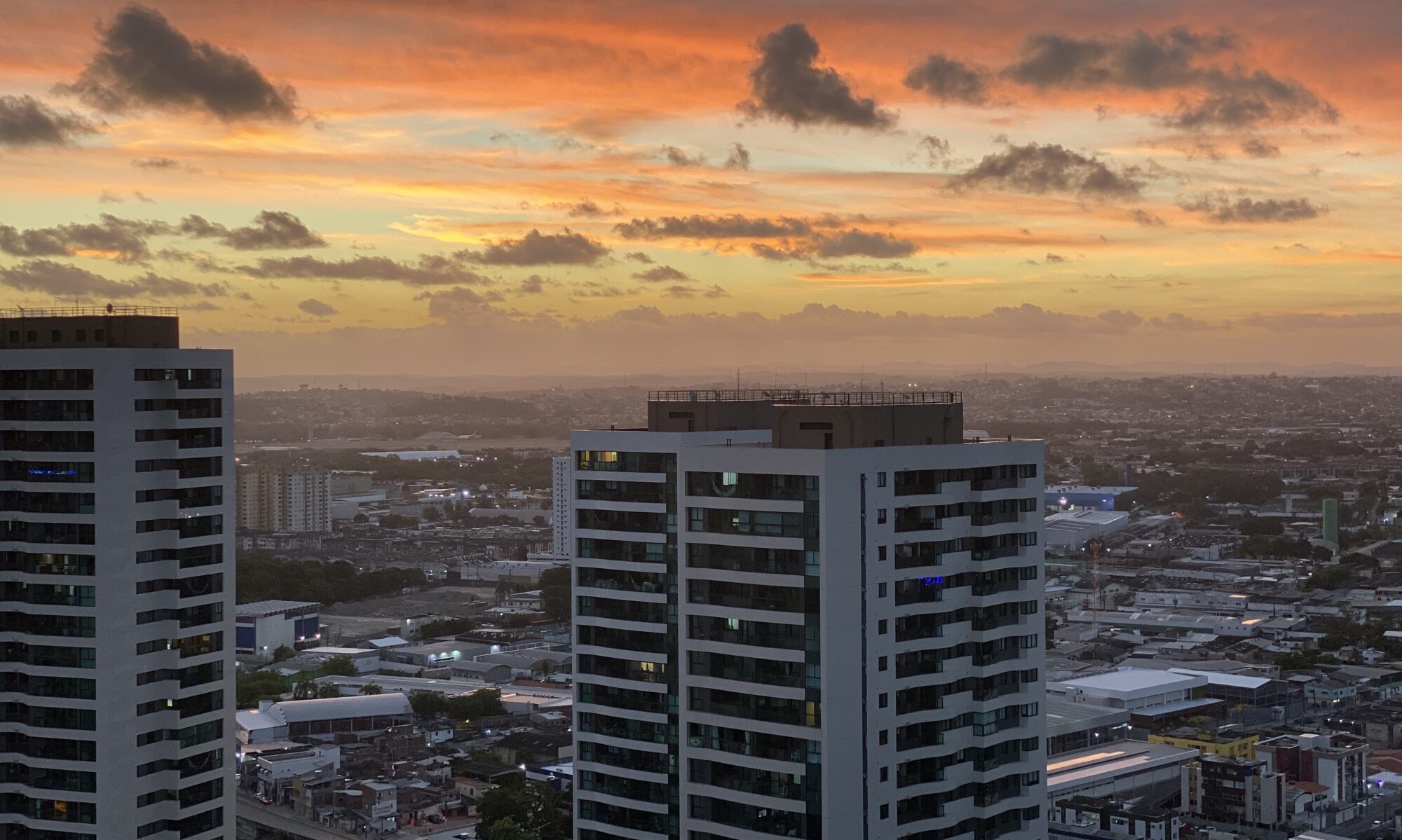Much more than just the capital of Bahia, Salvador, Brazil, is synonymous with a state of mind. It is the Brazilian city which most evokes relaxation, spontaneity, feasts and religiousness. “Bahians aren’t just born, they take the stage” said the composer Caetano Veloso, one of the great stars of Brazilian Popular Music, when speaking of the large number of his fellow countrymen, artists, all concentrated in Salvador. Caetano’s joke can be explained by the fact that no other Brazilian capital or centre, in recent decades, can claim to have such artistic exuberance as this city.
Moreover, this capital has such a strong presence in all areas – economic, social, cultural and political – that its name is confused with that of Bahia. It is common for someone to say that they are going to “the city of Bahia”, when in reality they are travelling to Salvador. In the words of its best-loved son, Jorge Amado, the writer frequently refers to the “city of Bahia” when he is really writing about Salvador.
This Salvador, so deeply imprinted on the hearts of the people of Bahia, is the main port of entry of foreign tourist to North-East Brazil, who are captivated by its charm, by its infrastructure of hotels and the combination of city and architecture, which finds its greatest expression at the Pelourinho. The Pelô, as it is affectionately called by the Bahians, is located in the historical centre of Salvador, the greatest collection of colonial architecture in Latin America, listed for conservation by Unesco as a World Heritage site. Its pavements, steep streets and public squares serve as permanent stages for musical presentations, and are the strongholds of Olodum, Ilê-Ayê and the Sons of Ghandhi, Afro groups (percussion bands based on African rhythms) which draw crowds the whole year round, particularly during the Carnival.
Founded in 1549 on a hill overlooking the bay of All Saints, Salvador was the first capital of Brazil. In 1763, due to interests of the Portuguese Crown, it lost this status to Rio de Janeiro. It still retains its splendour from the golden years in which it enjoyed the status of seat of government of the Colony, in the form of the Basílica Cathedral, an example of Portuguese architecture, where in 1697 father Antônio Vieira died – a preacher of great eloquence, but whose sermons led him to be arrested and condemned by the Inquisition, the sentence being later annulled.
Seat of the first Catholic diocese in the country, Salvador retains from that period and previous decades buildings which are considered true architectural relics. Of particular prominence amongst these are the church and convent of Saint Francis, one of the richest religious establishments in Brazil. The baroque façade of the church, dated 1723, conceals treasures inside, such as Portuguese panels which show the legend of the birth of Saint Francis and his renunciation of worldly goods.
Next to these buildings can be found the church of the Third Order of Saint Francis, dated 1702, and a convent. The set back façade of the temple alludes to the Spanish baroque. There are beautiful paintings on the roof, painted by Franco Velasco in 1831. In the convent, tiled panels created in 1729 portray the nuptials of the firstborn son of Dom João V, the infant Dom José, with the Lisbon of before the 1755 earthquake in the background.
However, the most popular church in Bahia is that of the Senhor do Bonfim, where every year during the second fortnight of January, Bahians in traditional costume wash its steps. Built on a hill, it was decorated with white Portuguese tiles in 1772, a century after it was finished. Its façade is rococo and the interior neoclassic.
There are also museums in Salvador, such as those of the Sacred Art and Modern Art; the Ancient Medical Faculty, first school of its kind in Brazil; the Lacerda Elevator with its four cabins, which since 1930 has linked the Tomé de Souza square in the Upper City to the Cairu square in the Lower City, separated by a drop of 72 metres; and the Model Market, with more than 300 stalls where one can buy arts and crafts products of Bahia, next to restaurants and bars with typical food and drink. In the capital of Bahia one of the most successful projects for the assistance and education of street children was developed, the Axé project (an object sacred to the African religion).

